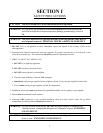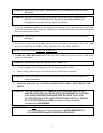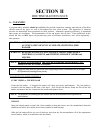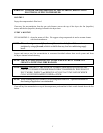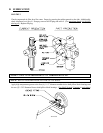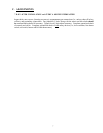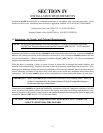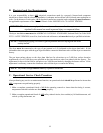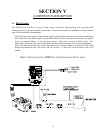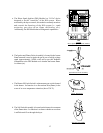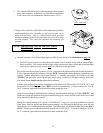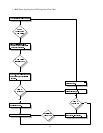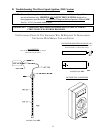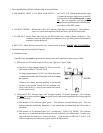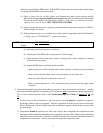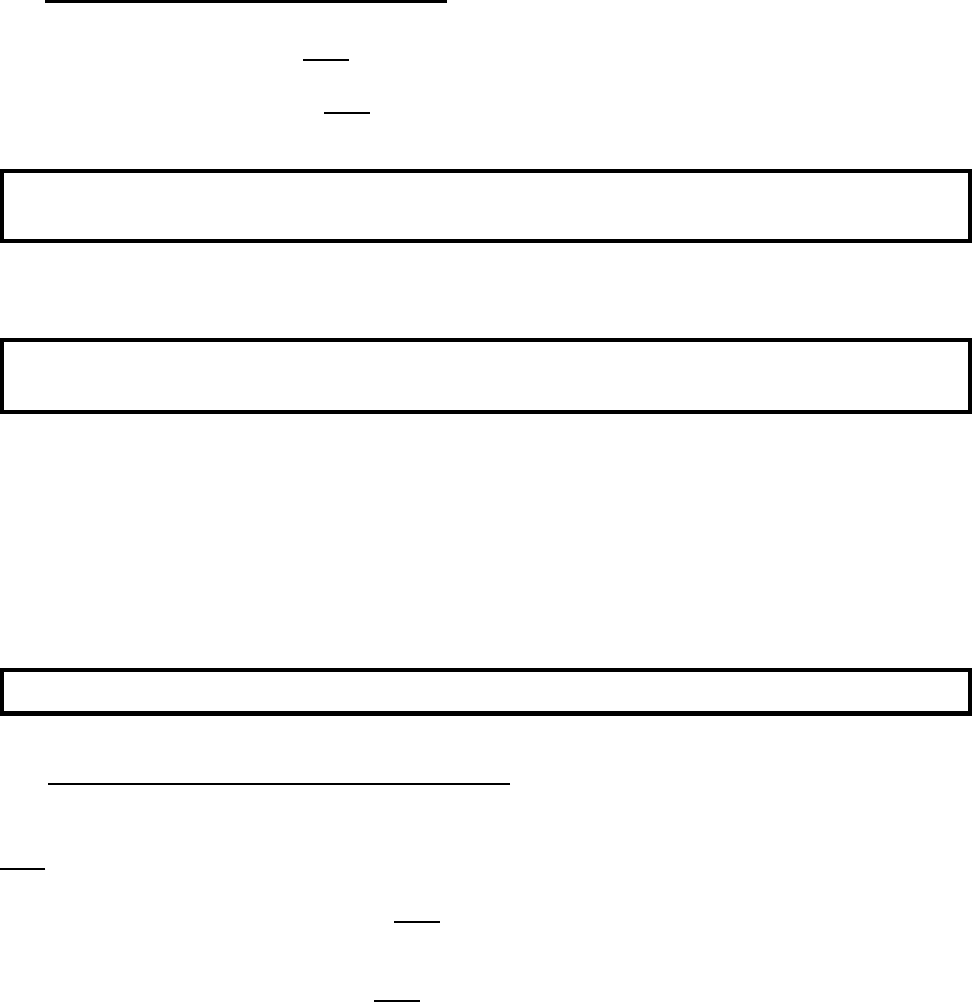
10
B. Electrical and Gas Requirements
It is your responsibility to have ALL electrical connections made by a properly licensed and competent
electrician to assure that the electrical installation is adequate and conforms with local and state regulations or
codes. In the absence of such codes, ALL electrical connections, material, and workmanship must conform to
the applicable requirements of the National Electric Code ANSI/NFPA No. 70-LATEST EDITION.
IMPORTANT: Failure to comply with these codes or ordinances and/or the requirements
stipulated in this manual can result in personal injury or component failure.
The dryer installation must meet the AMERICAN NATIONAL STANDARD; National Fuel Gas Code ANSI
Z223.1-LATEST EDITION, as well as, local codes and ordinances, and must be done by a qualified technician.
NOTE: Undersized gas piping will result in ignition problems and slow drying and can create
a safety hazard.
The dryer must be connected to the type of gas (natural or L.P.) indicated on the dryer data label. If this
information does not agree with the type of gas available, contact the distributor who sold the dryer or contact the
factory.
The gas input ratings shown on the dryer data label are for elevations up to 2,000 feet, unless elevation
requirements of over 2,000 feet were specified at the time the dryer order was placed with the factory. The
adjustment for dryers in the field for elevations over 2,000 feet are made by changing the burner orifices. If this
adjustment is necessary, contact the distributor who sold the dryer or contact the factory.
NOTE: Any burner changes must be made by a qualified technician.
C. Operational Service Check Procedure
After performing any service or maintenance function, an operational check should be performed to insure that
ALL components are performing properly.
1. Make a complete operational check of ALL the operating controls to insure that the timing is correct,
temperature selection switches are functioning properly.
2. Make a complete operational check of ALL safety related circuits, door switch(es), hi-limit thermostat, sail
switch, cycling thermostats, etc.



